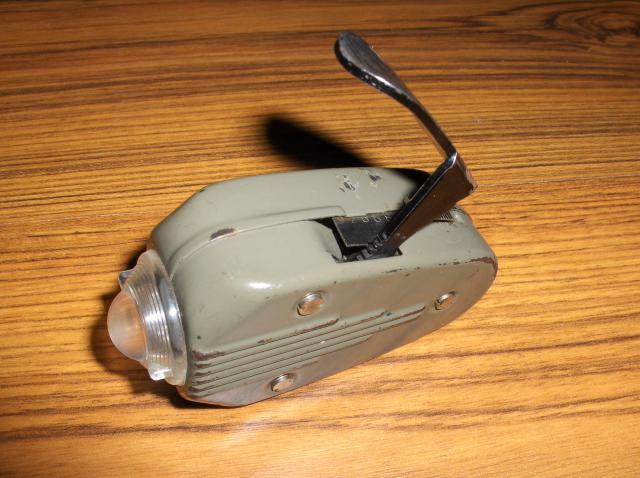Philips 7424 katonai dinamós lámpa bontatlan állapotban, eredeti Daimon égővel tökéletesen működő állapotban
Üdvözlet!
Ha jól tudom a kimondottan civil célokra gyártott lámpák vágott fejű csavarral készültek és legtöbb ilyen lámpa bordó festéssel javítsatok ki, ha nem így van.
Lényeges különbség volt, hogy a civil lámpák háború után alu házzal, addig a katonaiak acél házzal készültek, olivazöld színben.Volt olyan ami a Wehrmachteigentum jelöléssel készült. Fontos volt, hogy takarékossági szempontok figyelembevételével készüljön olyan lámpa ami nem igényel elem utánpótlást.
Fero

Fatal error: Class 'DOMDocument' not found in /home/roncskut/public_html/themes/roncskutatas2_design/common_methods.php on line 359